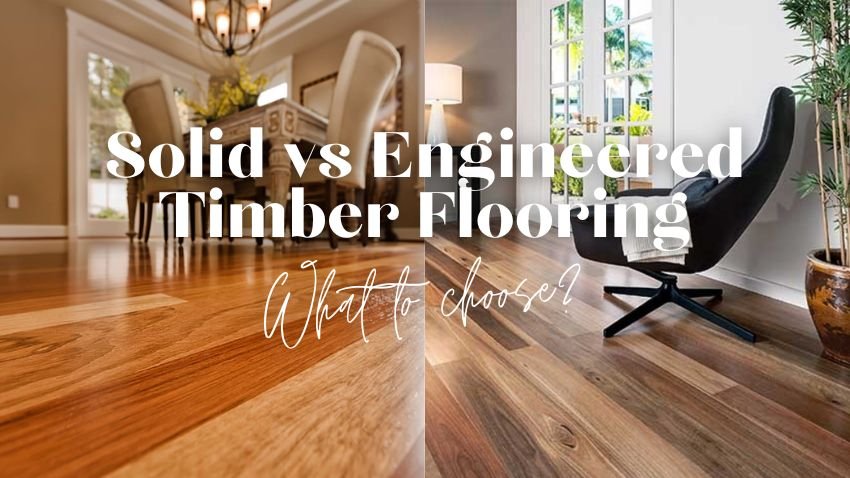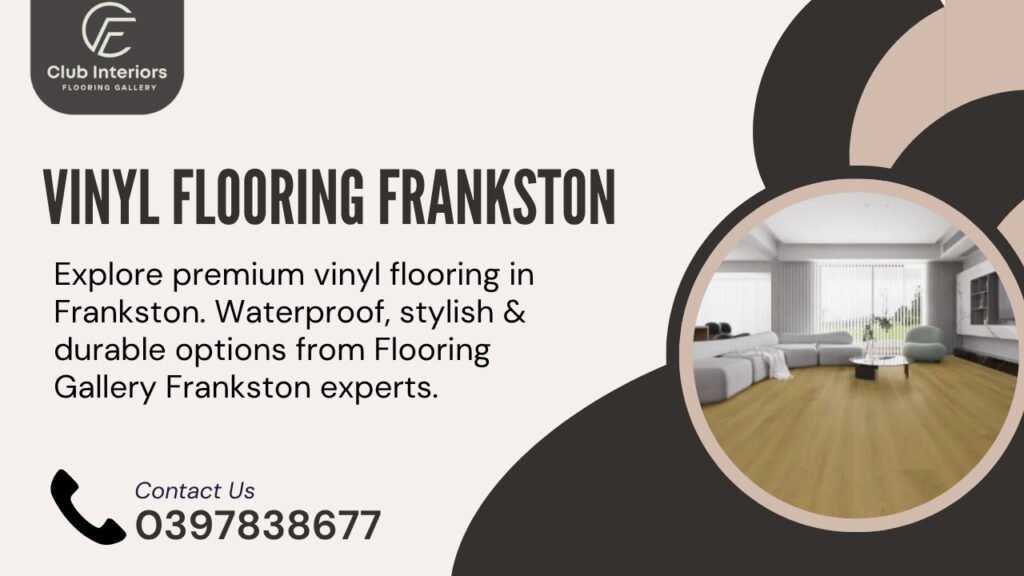Timber flooring is a timeless choice that brings warmth, elegance, and natural beauty to any space. When choosing timber floors, one of the key decisions is whether to go with solid timber flooring or engineered timber flooring. Both options have distinct characteristics, benefits, and limitations that can influence your decision based on your lifestyle, budget, and home environment.
What is Solid Timber Flooring?
Solid timber flooring is made from a single piece of hardwood throughout its entire thickness—usually about ¾ inch. Popular species include oak, walnut, maple, and cherry. Because each board is cut from a single log, it offers rich natural grain, strength, and long-lasting quality. With proper care, solid timber flooring can last well over 100 years.
Advantages of Solid Timber Flooring
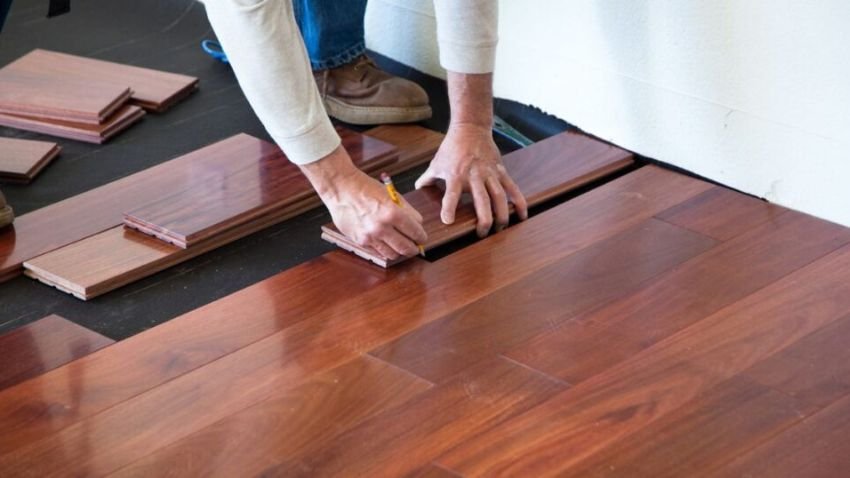
- Exceptional Longevity:
Solid timber flooring is incredibly durable and can be sanded and refinished five to seven times throughout its life. This makes it a long-term investment for homeowners who want a floor that can last a lifetime.
- Unique Natural Beauty:
Each plank features natural grain patterns and tone variations. Over time, solid wood develops a beautiful patina that enhances the character of your space.
- High Impact Resistance:
Its full-thickness construction means solid wood can withstand daily wear and tear, making it ideal for high-traffic areas.
Limitations of Solid Timber Flooring
- Moisture Sensitivity:
Solid timber is not suitable for wet or humid environments. It can warp, cup, or swell when exposed to moisture or temperature fluctuations.
- Installation Requirements:
It typically requires professional installation and must be nailed down to a wooden subfloor. It’s not ideal for concrete slabs without added preparation.
- Acclimatisation Time:
Before installation, the wood needs 4–6 weeks to acclimate to indoor conditions to prevent movement after installation.
- Higher Upfront Cost:
Both the material and installation cost of solid timber tend to be more expensive than engineered options.
What is Engineered Timber Flooring?
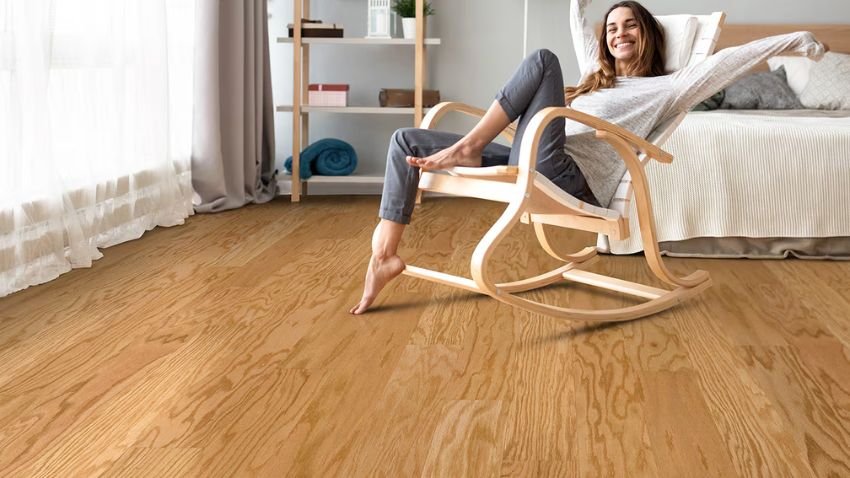
Engineered timber flooring consists of a real hardwood veneer on top of a multi-layered plywood or high-density fiberboard (HDF) core. The core layers are arranged in a cross-ply configuration to improve stability and moisture resistance.
This construction allows engineered timber to mimic the look of solid wood while offering enhanced versatility and easier installation.
Advantages of Engineered Timber Flooring
- Greater Dimensional Stability: The layered structure resists warping and cupping, making engineered flooring suitable for environments with fluctuating temperatures or humidity levels.
- Easier Installation: Engineered timber can be floated, glued, or nailed down. Many options come with click-lock systems, making them ideal for DIY projects.
- Shorter Acclimatisation Period: Unlike solid timber, engineered wood usually only needs 48 to 72 hours to acclimate before installation.
- Budget-Friendly: Generally more affordable to purchase and install, engineered timber is a great choice for cost-conscious homeowners.
- Compatible with Underfloor Heating: Because of its stability, engineered timber is often suitable for use over radiant heat systems.
Limitations of Engineered Timber Flooring
- Limited Refinishing: Engineered timber can usually only be sanded once or twice, depending on the thickness of the top hardwood layer (commonly 1–4 mm).
- Shorter Lifespan: Engineered floors typically last 20 to 45 years. While this is impressive, it’s less than solid wood, which can last over a century.
- Less Character Development: Although it looks like real wood, engineered timber may not develop the same patina or aged character as solid timber.
When to Choose Each Type
Understanding where each flooring type excels can help you make a decision that suits your lifestyle and environment.
Solid timber is the right fit if you:
- Own a heritage or period-style home and want flooring that matches the traditional aesthetic.
- Plan to live in your home long-term and want flooring that can be renewed and restored over decades.
- Have a stable indoor climate and wooden subfloors ideal for nail-down installation.
- Appreciate the way natural wood ages and gains character over time.
- Are willing to invest in higher upfront costs for a timeless, long-lasting result.
Engineered timber is ideal if you:
- Need flooring for apartments or modern homes with concrete slabs or underfloor heating.
- Want a quicker, more affordable installation that you can possibly do yourself.
- Live in a humid or variable climate where solid wood might struggle.
- Are outfitting a rental property or investment home and want a balance between durability and cost-effectiveness.
- Prefer a consistent appearance that stays the same over time, without dramatic aging.
Side-by-Side Comparison: Solid vs Engineered Timber
|
Feature |
Solid Timber Flooring |
Engineered Timber Flooring |
|
Composition |
100% solid hardwood |
Real hardwood veneer over plywood/HDF core |
|
Thickness |
~3/4 inch |
3/8 to 9/16 inch |
|
Installation |
Nail-down; professional only |
Floating, glue-down, or nail; DIY-friendly |
|
Moisture Resistance |
Low |
High |
|
Lifespan |
80–100+ years |
20–45 years |
|
Refinishing |
5–7 times |
1–2 times (depends on veneer thickness) |
|
Cost |
Higher |
Lower |
|
Underfloor Heating |
Not compatible |
Often compatible |
|
Acclimatisation Time |
4–6 weeks |
48–72 hours |
Making the Right Choice for Your Home
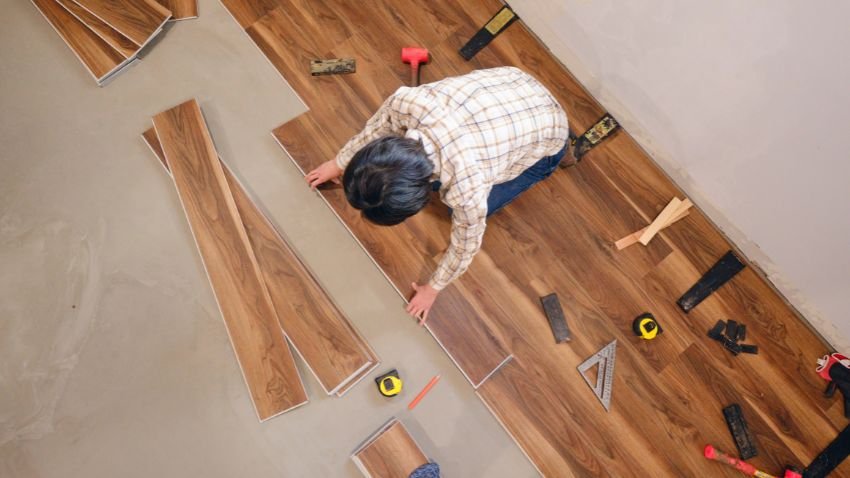
Choosing between solid and engineered timber flooring ultimately comes down to your specific needs, lifestyle, and the conditions of your home. Consider how much foot traffic your floors will see, your budget, how long you plan to stay in the home, and whether moisture or temperature fluctuations are a concern. By understanding the strengths and limitations of each option, you can make a confident decision that brings lasting beauty and value to your space.
Whether you prefer the timeless elegance and longevity of solid timber or the practical versatility of engineered timber, the right choice depends on your home’s specific needs and your long-term goals.
At Flooring Gallery, you’ll find a wide range of premium engineered timber flooring options to suit every style, budget, and installation requirement. Our expert team can help you navigate your choices and recommend the best product for your space—whether you’re renovating, building new, or upgrading one room at a time.
Contact us to explore the Flooring Gallery collection today and discover timber flooring that enhances your home’s beauty, functionality, and value for years to come.

